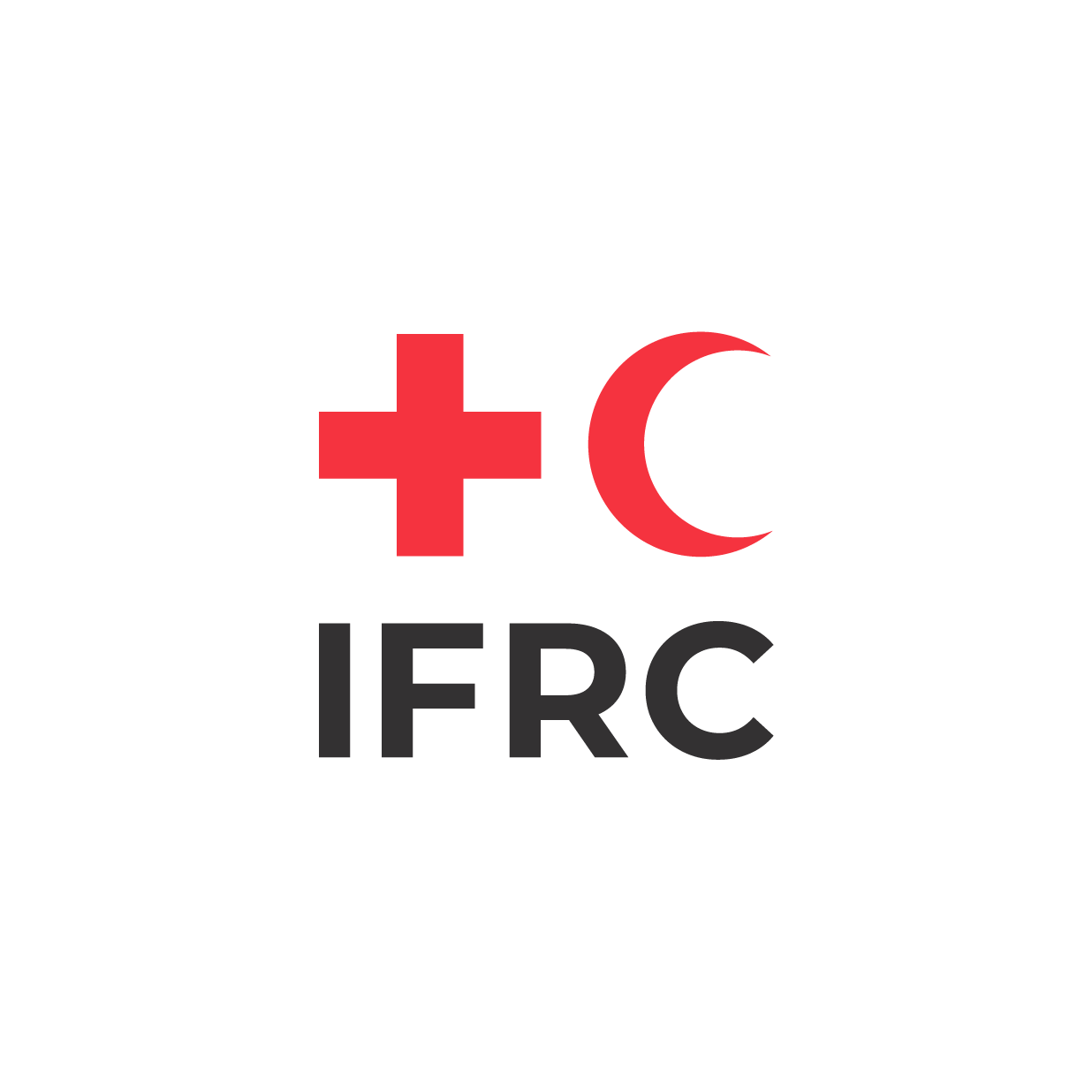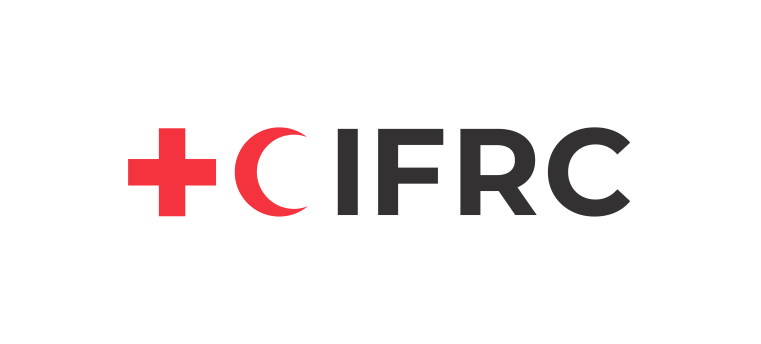Stage 2
Reference Sheet O
Assessment purpose and perspectives
Share the generic purpose below with members of the community and encourage them to express the purpose in their own words.
Definition: The purpose of an integrated risk assessment
In its most basic form, a risk assessment aims to enable the community to understand and rank the threats and vulnerabilities that trouble it most; and identify and agree on appropriate, long‑lasting and inclusive actions that will make the community and its most vulnerable members more resilient.
Facilitate a community dialogue on local resilience, making use of the three important perspectives that help to capture the full range of diversity. Help the community to understand that these three perspectives define the scope of its assessment.
Perspective 1
Across the time
Accompany the community as it discusses how the 11 dimensions of resilience change from season to season. Help them to look back (to examine trends) and ahead (to assess expectations, aspirations and the likely impact of climate change on local vulnerability). Doing this enables a community to capture perceptions linked to the past, present and future.
This is an essential condition for becoming risk‑informed and preventing suffering. Vulnerability and capacity assessments (VCAs) include many tools and methods to help consider time and changes in risk. See seasonal calendars and historical profiles, including special guidance on climate‑sensitive VCAs. Refer to the VCA toolbox and Integrating climate change and urban risks into the VCA; Ensure effective participatory analysis and enhanced community action.
Perspective 2
Across social groups
Encourage members of the community to discuss how to capture the opinions of all community members. Accompany them as they do so. For each dimension, discuss why some individuals have access and power that others do not. Doing this enables the community to collect data as inclusively as possible (taking into account the interests of youth, the elderly, etc.), and seek data in the right places (see Reference Sheet V on sampling).
To be successful, resilience‑building processes must be people‑centered and inclusive. VCAs and other Red Cross Red Crescent approaches provide many tools and methods for considering social groups, including institutional and social network analysis, and conflict‑sensitive context analysis from the Better Programming Initiative – Do no harm, etc.
Perspective 3
Across space and levels
Finally, accompany community members as they discuss how dimensions of resilience differ across geographies. Encourage them to consider where certain dimensions have the most influence. Doing this enables the community to understand why some physical areas are perceived to be more valuable or more risk‑prone, and to capture data from both types of place.
It is useful in this context to consider risk and resilience factors associated with neighboring communities, for example, upstream and downstream communities on the local river, land management, deforestation, urbanization, or erosion linked to farming or road construction, etc. [VCAs and other approaches provide many tools and methods for exploring local spatial relationships. See transect walks, risk mapping, etc.] Asking questions about risk and resilience factors outside the community will add an invaluable systems perspective to the community’s resilience analysis and will assist the National Society when it acts as a connector.

The International Federation of Red Cross and Red Crescent Societies is the world's largest humanitarian network and is guided by seven Fundamental Principles: Humanity, Impartiality, Neutrality, Independence, Voluntary Service, Universality and Unity.
Follow IFRC
© The Global Disaster Preparedness Center 2024
